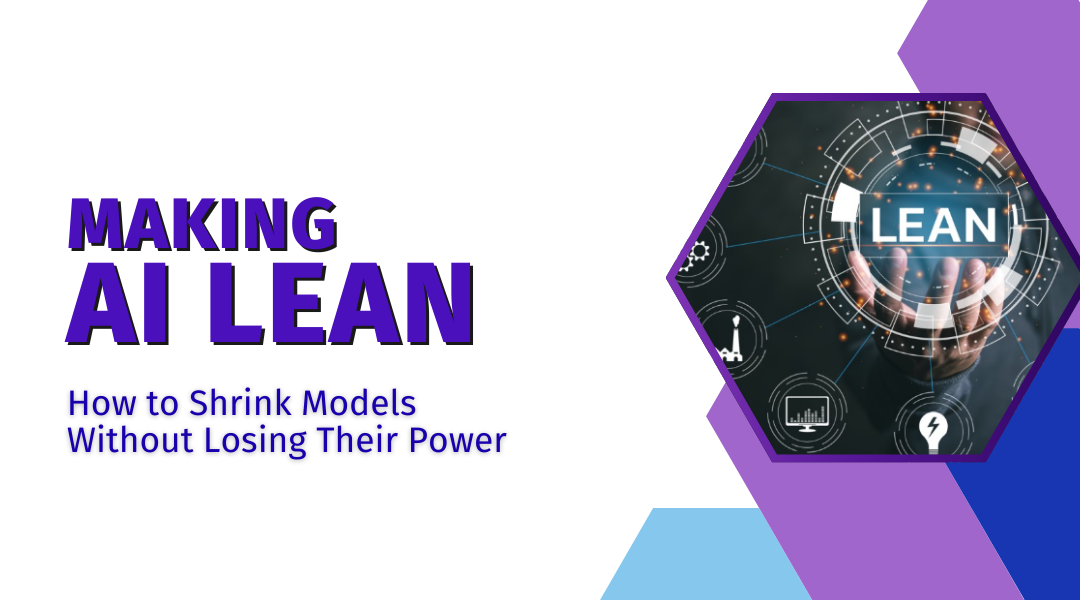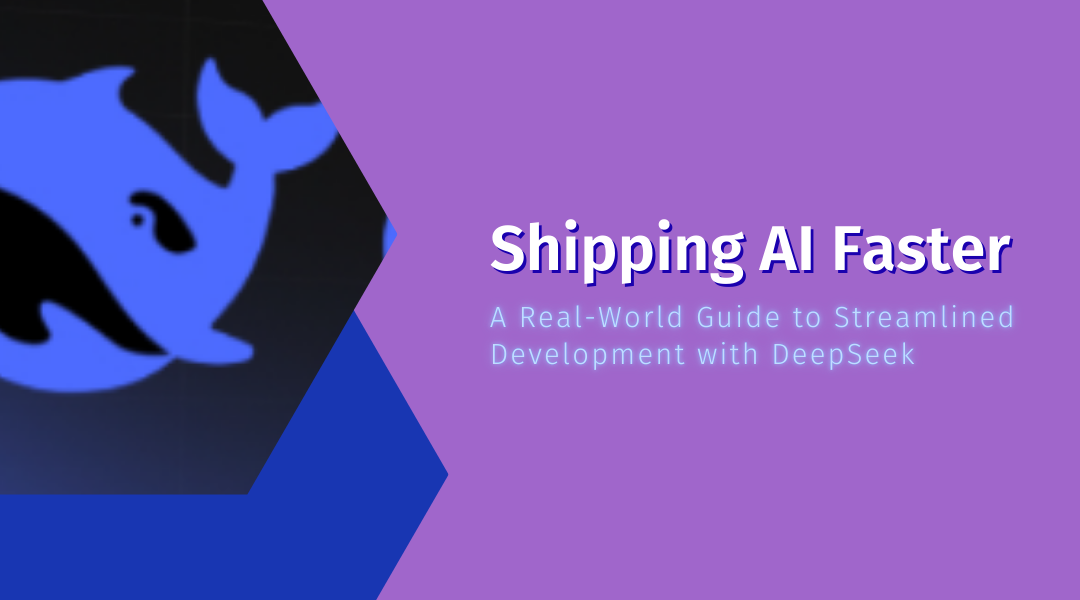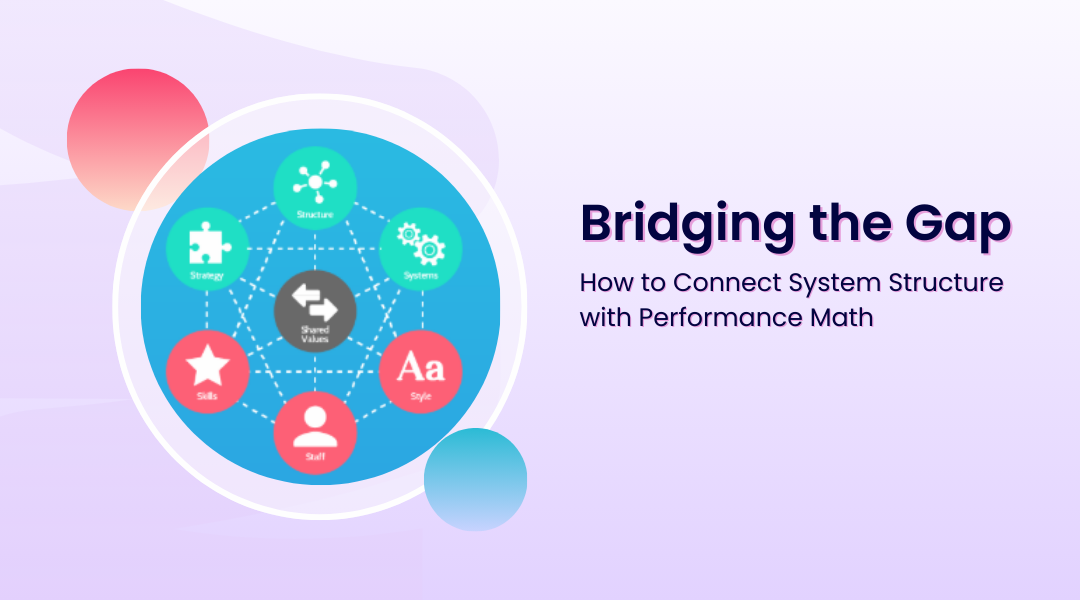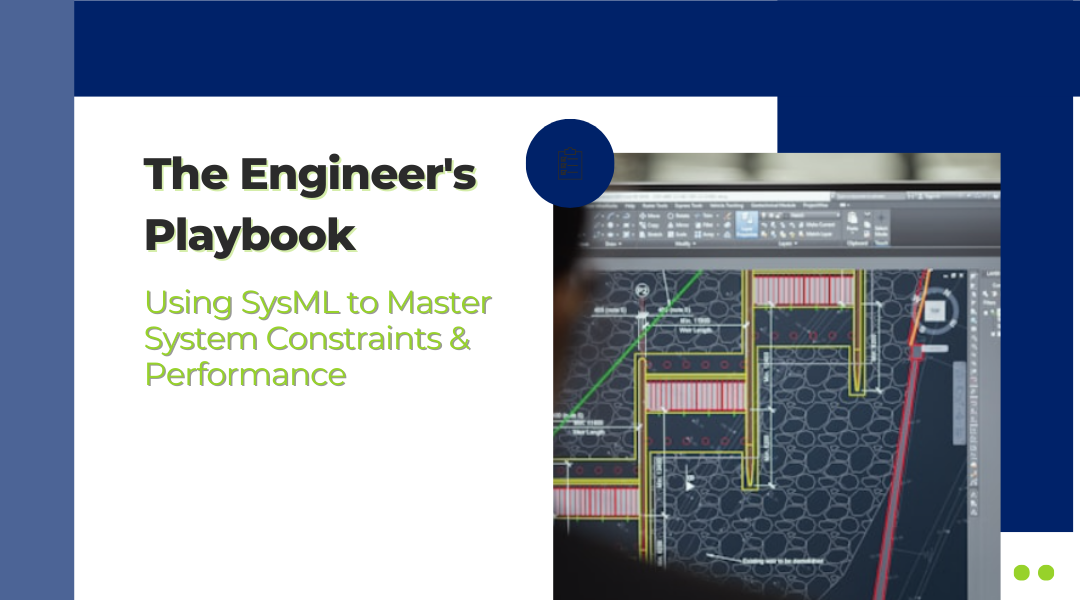Your Everyday Tech is Smarter Than You Think: A Hands-On Guide to AI at Home
You’ve probably heard the buzz about artificial intelligence—grand promises of futuristic robots and world-changing algorithms. But what if the most practical and powerful AI isn’t in a distant lab, but already in your pocket, on your wrist, and in your living room? The truth is, you’re likely using AI every day without even realizing it. … Read more









